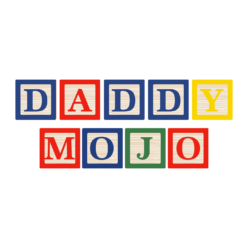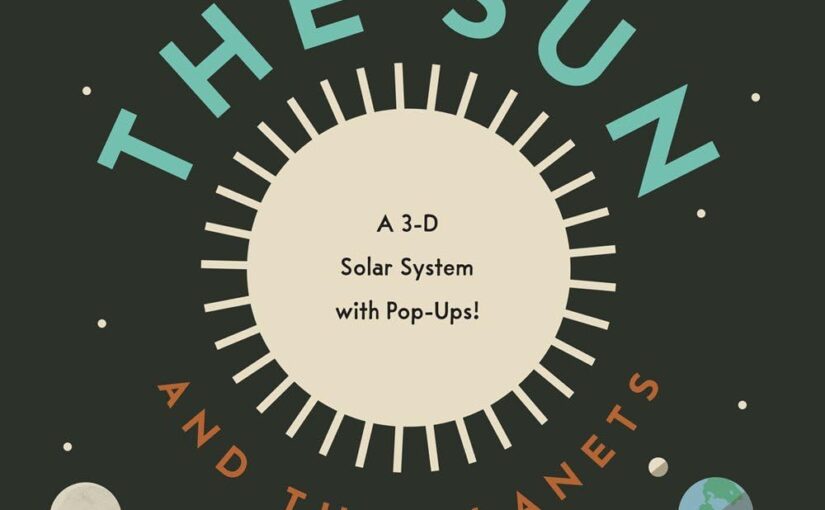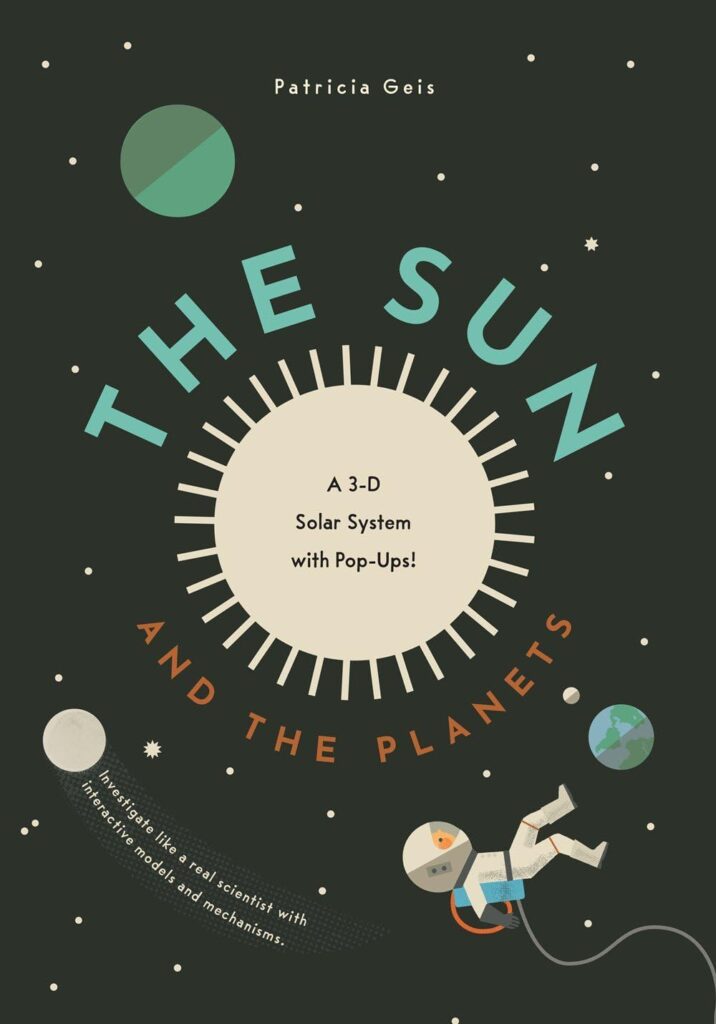There are known unknowns. I love that quote from Donald Rumsfeld. It made perfect sense to me because I’m wholly aware that there are numerous fields I know nothing about. My inner-home repair guru might enable me to give it a shot, but most of the time, unless it’s a paint job, I’ll grudgingly call in someone to do the job. The Sun and the Planets: A 3-D Solar System with Pop-Ups!, from the title, would seem to be a very basic children’s book. It’s a pop-up book. What could be higher-level learning about a pop-up book?
To those people, I would point in the direction of Matthew Reinhart, a writer and illustrator who makes pop-up books that are on another level. Today’s children’s pop-up books operate at a different level, through either their technical prowess, written content or a combination of both. It feels silly to say ‘technical prowess’ when discussing a pop-up book, but check out any of Reinhart’s books and you’ll see why it’s apt. The Sun and the Planets: A 3-D Solar-System with Pop-Ups! has pop-up elements on every page, but is not geared to who you might associate as the key audience for the book.
My first pop-up book was a fairy tale about something that’s long since gone down the rabbit hole. I pulled the tabs and twisted the cardboard dials until every single interactive element was gone. The Sun and the Planets is much better constructed than that book from my childhood living just on this side of my hippocampus. This book has thick, colored-poster board and paper almost as thick as that for the interactive elements. Our grade for evaluating pop-up books factors in how durable it is, and The Sun and the Planets is very strong and will last for several years, at least, with its core demographic.
The book’s higher level audience is revealed as soon as you turn the cover. You’ll see a rocket taking off from Earth with a graph on the far right demarking different areas in the atmosphere, like the troposphere, stratosphere, mesosphere and thermosphere. That page also show the altitude for the Karman Line (62 miles), has three markers for relatable things like air line travel, cloud level and Mt. Everest. We see a person in an astronaut suit with more than a handful of almost paragraph length facts about what the suit does, how they eat/drink in it and the technology needed to manufacture it.
The third page, when the astronaut gets into space, is when the 3-D, pop-up elements make their appearance. It’s a simple effect, just showing the Earth and our moon with the fact that it would take us one year, without stopping, to walk around the circumference of the planet. When you turn that effect over, readers will discover that the Earth to sun ratio is equal to a marble to four feet in diameter, with the latter being 500 feet away. Those two pages also have a fold-out with detailed information about the sun and a little bit about ISS.
Find the summer solstice. Pull out a display to see how the Earth rotates. Get a flashlight so that you can experiment with different phases of the moon. Use that same flashlight to shine through the holes punched into the page covering constellations. You can pull out the circular star chart from the book that shows the constellations as they’re seen from the northern and southern hemisphere. The final series of pages has a pop-up model of our little neighborhood. The next page breaks down all of the moons that belong to our neighboring planets. The next page shows the Milky Way in relation to other galaxies that are millions of light years across.
A light year is difficult to fathom, isn’t it? This is where the book dropped its biggest nugget of knowledge on me, but that’s only because this page was the first one that I thumbed to. A light year is 5.88 trillion miles, that’s what The Sun and the Planets said. Yeah, after looking it up that’s the de facto number scientists use to measure that, and I still have trouble wrapping my head around it.
I went to the first page of the book and learned something there, too. Like other rare STEM books that are intended for children, it’s smarter than you, and that’s OK. Ages seven through 13 will enjoy The Sun and the Planets the most. Those younger kids will like the pop-up elements, but might be too young to read or completely understand the text on their own. The older kids think that they know everything, will see that it’s a pop-up book, and presume that it’s for babies. The crowd that knows the unknowns will dig in with curiosity and discover an engaging, interactive book that will entertain people regardless of their age.
The Sun and the Planets: A 3-D Solar System with Pop-Ups! is by Patricia Geis and is available on Bushel & Peck Books.
There are affiliate links in this post.






 Facebook
Facebook Twitter
Twitter Flickr
Flickr GooglePlus
GooglePlus Youtube
Youtube